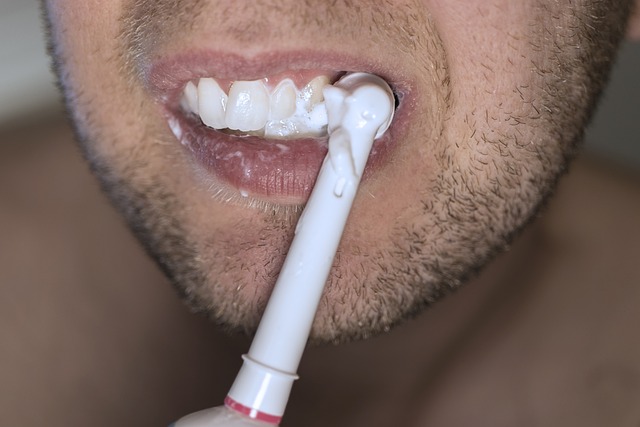6 Strategies for Managing Withdrawal and Embracing Recovery from Opioid Addiction
Opioid addiction is a growing concern globally, affecting millions of individuals and their families. Characterized by a compulsive need to use opioid drugs, this condition often leads to devastating consequences, including health issues, relationship problems, and financial instability.
Managing withdrawal and embarking on the path to recovery can be tiring, but it is not impossible. This blog post aims to shed light on six effective strategies that can help individuals manage opioid withdrawal and support their recovery process.
Understanding Opioid Addiction
Opioid addiction stems from the excessive use of opioid drugs, which include prescription painkillers like oxycodone and illegal substances like heroin. These drugs act on the brain’s reward system, creating a feeling of euphoria that encourages repeated use.
However, over time, the brain becomes dependent on these substances to function normally. The result is a cycle of addiction that is incredibly challenging to break without proper intervention.
Medication-Assisted Treatment (MAT)
Medication-assisted treatment combines medications with counseling and behavioral therapies to treat opioid addiction. Drugs like methadone, buprenorphine, and naltrexone are commonly used to reduce cravings and withdrawal symptoms.
These medications work by binding to the same receptors in the brain as opioids but without producing the euphoric high. MAT helps stabilize brain chemistry, normalize body functions, and reduce the risk of relapse.
Behavioral Therapies
Behavioral therapies are an essential component of addiction treatment. Techniques like cognitive-behavioral therapy (CBT) and contingency management help individuals understand the triggers and behaviors associated with their addiction.
CBT focuses on changing negative thought patterns and behaviors, while contingency management offers rewards for positive behavior changes. These therapies provide coping strategies and support long-term recovery by addressing the psychological aspects of addiction.
Suboxone Treatment
In this treatment, suboxone is used which is a medication that contains both buprenorphine and naloxone. It is used to treat opioid addiction by reducing withdrawal symptoms and cravings. Buprenorphine is a partial opioid agonist, which means it activates the same receptors in the brain as opioids but to a lesser extent.
Naloxone is an opioid antagonist that blocks the effects of opioids. Together, these components help individuals manage withdrawal symptoms and reduce the risk of relapse.
Support Groups
Joining a support group can be highly beneficial for those in recovery. Groups like Narcotics Anonymous (NA) and SMART Recovery provide a sense of community and understanding. Members share their experiences, offer support, and hold each other accountable.
Being part of a support group can reduce feelings of isolation, increase motivation, and provide practical advice from others who have faced similar challenges.
Holistic Approaches
Holistic approaches focus on treating the whole person, not just the addiction. Techniques like mindfulness meditation, yoga, and acupuncture can help individuals manage stress, anxiety, and physical discomfort during withdrawal.
These practices promote relaxation, enhance mental clarity, and improve overall well-being.
Professional Counseling
Professional counseling offers personalized support throughout the recovery process. Licensed counselors and therapists work with individuals to address underlying issues, such as trauma, depression, or anxiety that may contribute to addiction.
Counseling provides a safe space to explore emotions, develop healthy coping strategies, and set achievable goals. Regular sessions with a counselor can significantly enhance the chances of a successful recovery.







